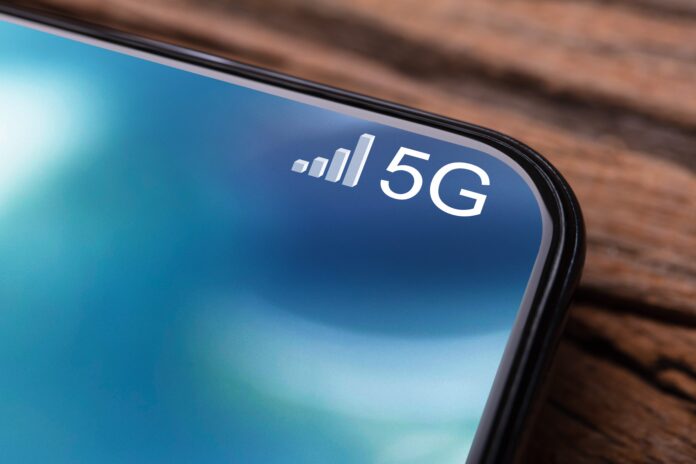ConsumerLab study finds a fifth of the 10,000 5G smartphone users surveyed would pay more for “differentiated experiences”
Ericsson’s latest ConsumerLab study says it found that about 20% of 10,000 5G smartphone users it surveyed would be willing to pay a premium for plans that offer “enhanced connectivity”.
The vendor says these consumers are after “differentiated 5G service experiences, such as quality of service, for demanding applications”. The report extrapolates that this is a big potential revenue opportunity for operators, based on the fact that 5G users like the faster speed and better coverage provided by 5G outdoors.
Apparently, this is affecting their expectations regarding video quality and upload speeds for popular services and apps.
Emerging formats
Ericsson also reckons that “emerging formats” related to video streaming and augmented reality (AR) drive usage and 5G data consumption, and that 5G’s performance has a direct impact on consumers’ loyalty. On average, 5G users report a 47% increase in time spent on enhanced video formats over the past two years. The number of daily AR application users has doubled since the end of 2020.
About 17% of users from across 28 markets have switched operators due to issues with 5G network performance, the ConsumerLab study found.
Jasmeet Singh Sethi, head of Ericsson ConsumerLab, noted, “Interestingly, about one in five 5G smartphone users polled expressed a clear preference for differentiated quality of service connectivity. Rather than settling for generic, best-effort 5G performance, these users are actively seeking elevated and consistent network performance, especially tailored for demanding applications and specific key locations.
“The research shows they are willing to pay an 11% premium if their service provider offers it.”
Making it happen
Tiered pricing for differentiated levels of service have been talked about and up for years. It seems like an obvious step and, crucially, there now appears to be demand. How much desire will translate into payments remains to be seen in the current cost of living crisis, although of course not everyone is affected by it.
The other big challenges include operators’ mindsets and their legacy systems, inlcuding billing and charging, after decades of flat-rate subscription models.


